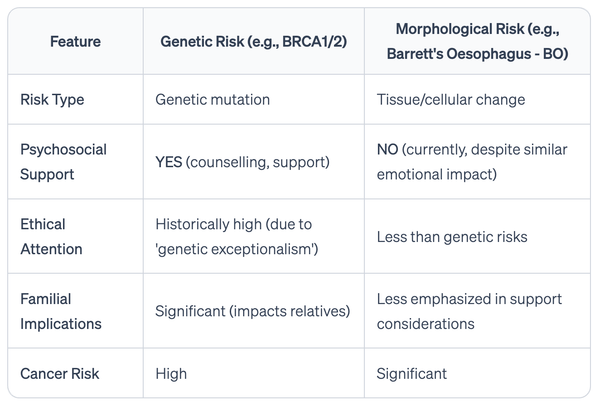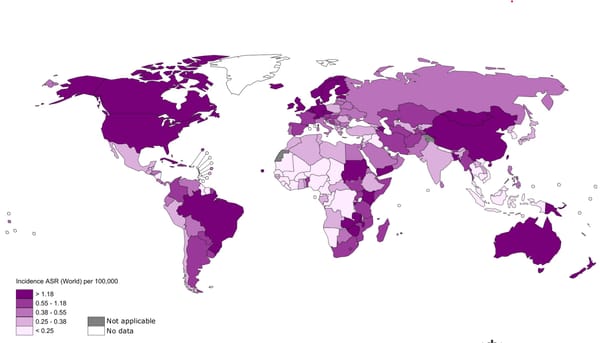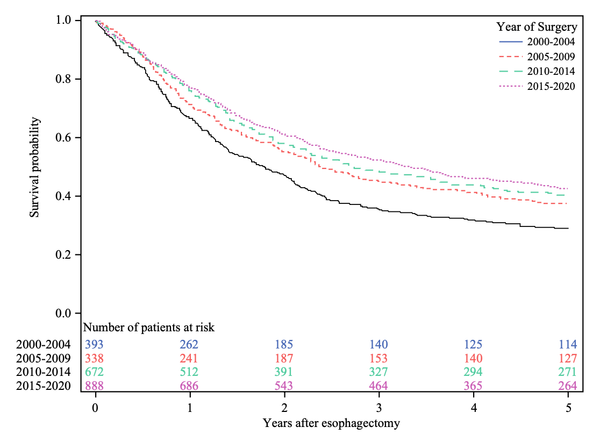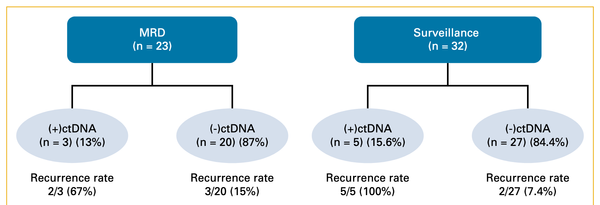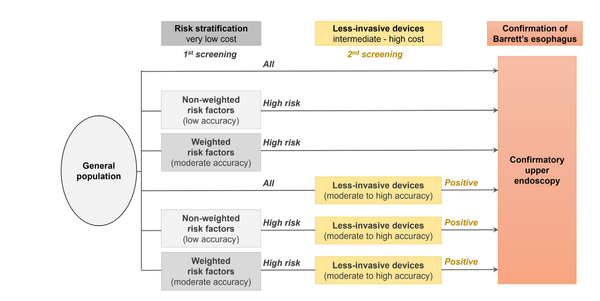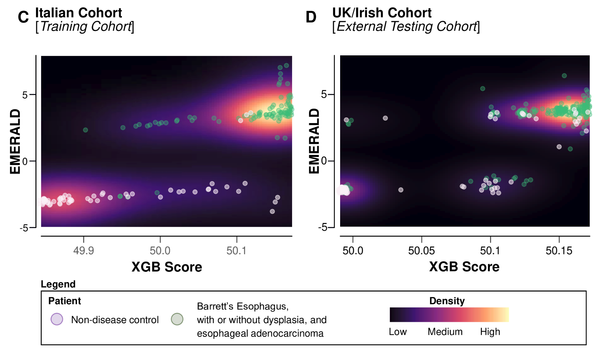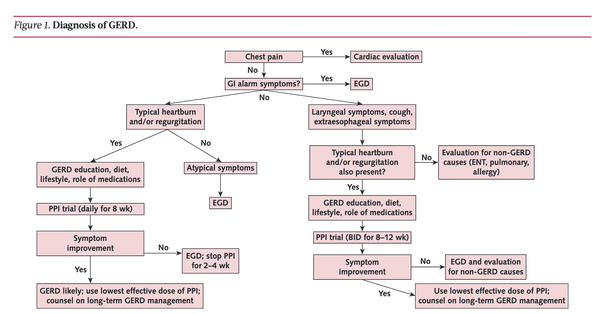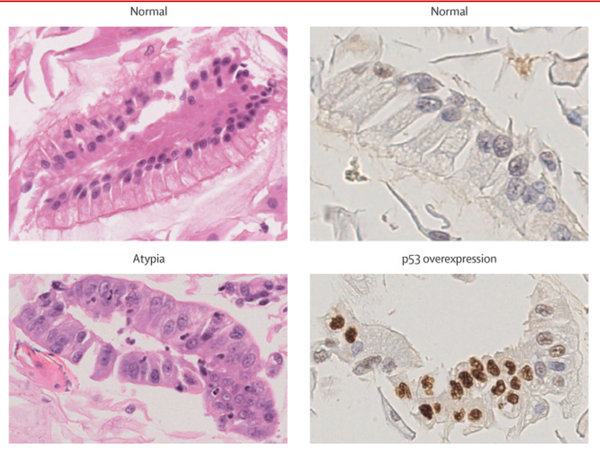
Capsule sponge, biomarkers and AI in risk classification of Barrett's esophagus
This paper describes findings from a multicenter prospective study conducted across 13 hospitals in the UK. Participants were patients (n = 910) with a known diagnosis of non-dysplastic Barrett's esophagus who underwent a capsule-sponge (Cytosponge) test followed by endoscopy. The Cytosponge test combined with biomarker analysis, including p53 staining



